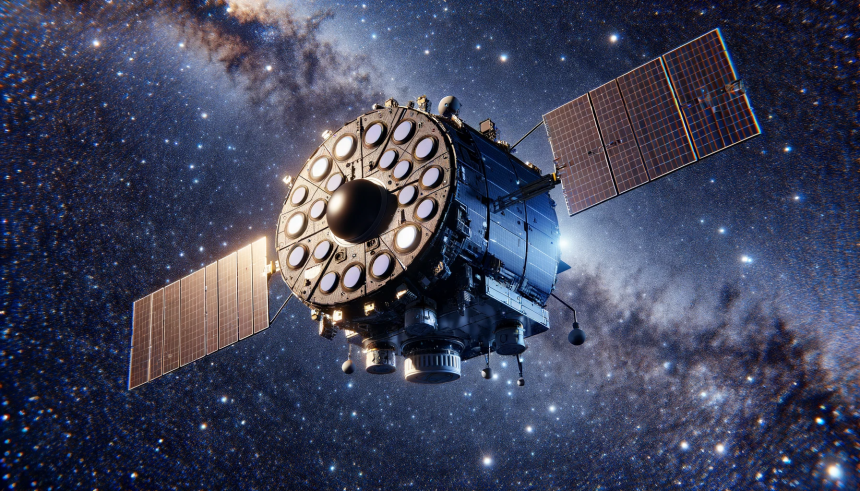NASA continues to refine its strategies for sending humans to Mars, focusing on the critical aspect of propellant production. The agency is evaluating methods to source necessary fuel either from Earth or directly on the Martian surface. This decision is pivotal for the success of future manned missions, influencing both mission design and sustainability.
Recent developments highlight NASA’s commitment to sustainable space exploration. Historically, transporting all resources from Earth has been the norm, but advancements in technology suggest a shift towards utilizing Martian resources. This approach could significantly reduce mission costs and increase the feasibility of long-term human presence on Mars.
How Will NASA Extract Water on Mars?
NASA’s COMPASS team is exploring two primary methods for water extraction on Mars. One involves using a borehole drill to access subsurface ice, which is then melted and pumped to the surface for electrolysis. The alternative method focuses on surface harvesting, sorting through regolith with high frozen water content to obtain usable water.
What Are the Technological Requirements?
Creating liquid oxygen and methane necessitates a complex network of ISRU systems, including pumps, electrolyzers, dryers, and scrubbers. Additionally, substantial power systems are required to operate these machines efficiently.
“Developing these technologies is essential for the success of in-situ propellant production,”
a NASA spokesperson noted.
Is Earth-Based Propellant Still a Viable Option?
Despite the potential of ISRU, sending propellant from Earth remains a more straightforward approach. This method simplifies the mission architecture by reducing the need for extensive equipment on Mars. However, it involves higher launch costs and logistical challenges, making it less ideal for sustainable long-term missions.
Implementing an ISRU system on Mars involves significant challenges, including geographical limitations and the need for specialized equipment. While extracting and utilizing Martian water offers long-term benefits, the immediate reliability of Earth-based propellant cannot be overlooked. Balancing these options is crucial for the success of NASA’s Mars missions.
Looking ahead, the choice between utilizing Martian resources and relying on Earth-supplied propellant will shape the future of human exploration on Mars. Developing efficient ISRU technologies could pave the way for more sustainable and cost-effective missions, ultimately supporting NASA’s goal of establishing a human presence on the Red Planet.










